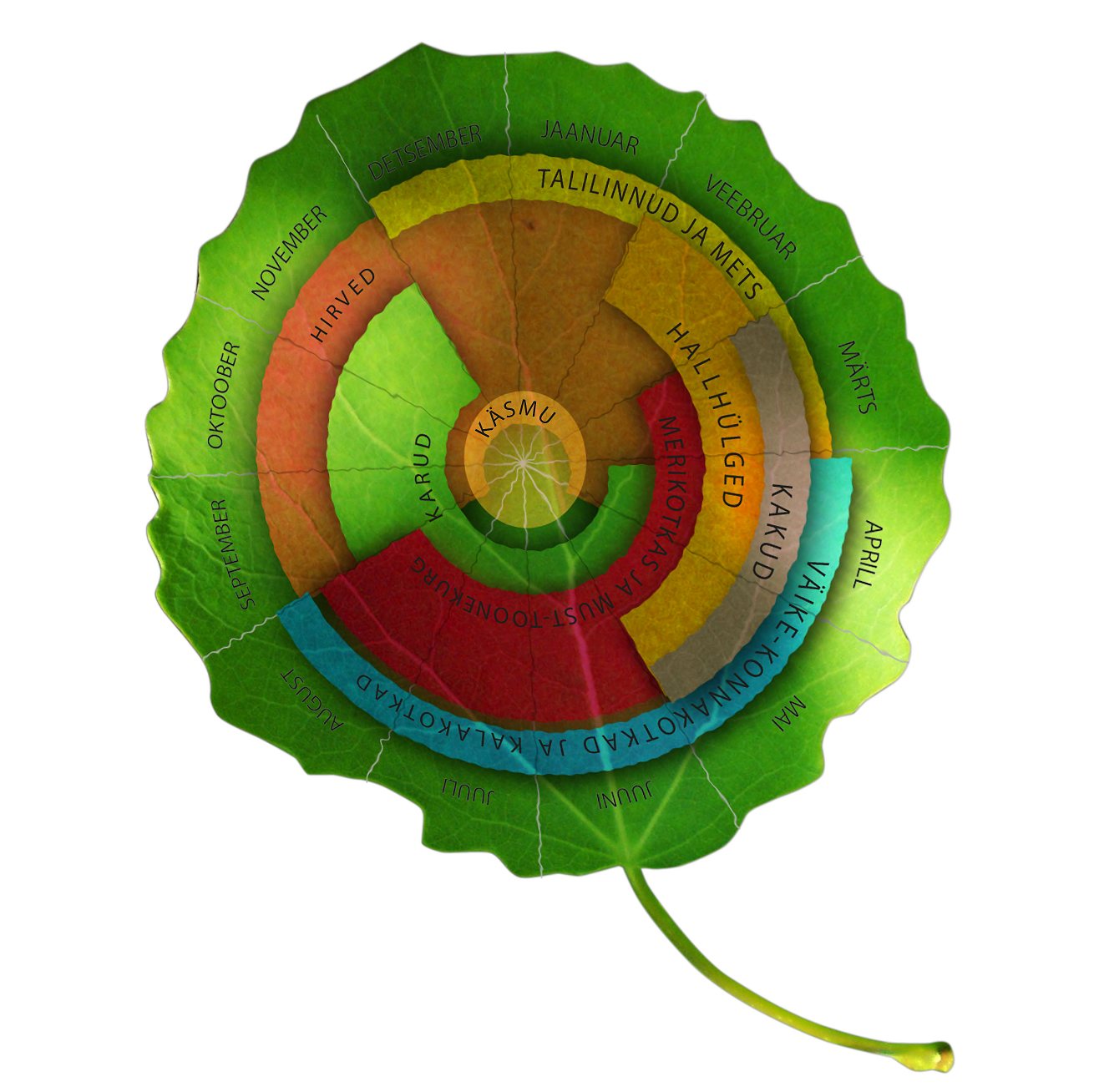The past year, 2017, provided enough food for roe deer and they did not have to suffer from cold. It was a good year.
Photo: Tarmo Mikussaar
Translation Liis
Estonian text posted by the Animal of the Year Team, 03.01.2018
The year of 2017 has passed and so has the year of the roe deer. The main actor of the new year is the lynx. It would be difficult to find another pair of species in Estonian wildlife that are as dependant on each other as the roe deer and the lynx. On introducing the large cat we cannot neglect its main prey which means that roe deer will be in focus in 2018 as well
For conclusion, a brief summary of how the roe deer managed last year and a forecast for the future. That people paid more attention than usual to the deer hardly influenced matters. The state of the Estonian roe deer population has always primarily been dependant on phenomena in nature: weather, the abundance of predators, spread of diseases. As is well known, during the difficult winters of 2010 and 2011 a large proportion of our roe deer died. But the last winters, including the winter of 2016/2017 were favourable, warm and with little snow. The number of natural enemies has also been low. True, the spring and summer, which is when the kids are born, of the year ending now turned cold. The survival of the newly born may have been slightly reduced by this but the growth trend of the population was certainly not changed by it. Briefly, the state of the roe deer population is good and its abundance is increasing.
This autumn hunters organized more counts (generally battue (flush) counts) to determine the population density of roe deer. The gathered data still need a critical analysis but initially it can be presumed if not yet definitely proved that the number of roe deer by now has achieved 60-70% of the peak of abundance in the years 2005-2010. Then up to 150 000 roe deer may have lived here (status in spring before the birth of the kids), now there are about 90 000. True, for forest owners the fast increase of this likeable game animal has not been altogether agreeable which is also understandable. Pine and spruce plantations are now constantly more endangered since the roe deer know to appreciate them as a valuable food resource. So the pressure has grown from forest owners on hunters through the hunting councils of the counties to shoot more roe deer and it is likely to become so in the future. The number of lynxes has also grown and they bring their measure in regulating the roe deer numbers. The task of the game species officers and that of surveillance and hunting specialists will be to control and direct this process. It seems to me that at present we have a period with suitably many roe deer, the population density of the animals is acceptably modest. Thus the most important thing here would now be to limit a future increase of the population. If so, it can be hoped that the damage to forests will not exceed the “pain threshold” and . equally important, the health status of the population will not deteriorate. A population weakened by helminthoses is easily vulnerable. Avoiding difficult winters and even predicting them is not in our power. It is however possible to restrict an excessive growth of population density and by this prevent the spread of diseases.
In my vision of the future over the next decade the number of roe deer remains stable at today’s level and the population is healthy and strong. Lynxes and wolves may cull them for food and there will be enough for hunters as well. Even forest owners are (more or less) happy.
A happy lynx year to all nature lovers!
Tiit Randveer



